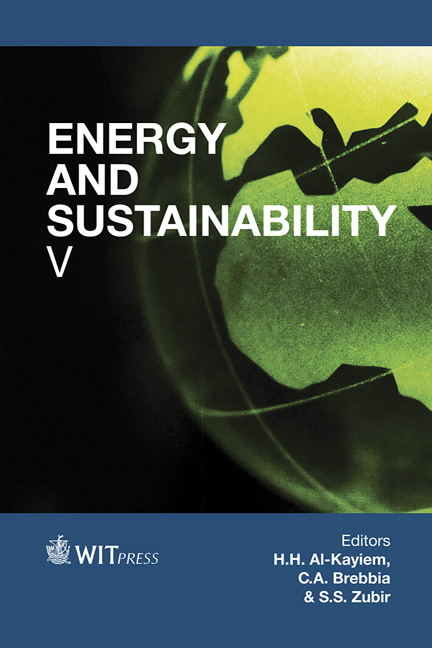Identification Of A Canonical Configuration For A Quantitative Analysis Of Transport Phenomena In Electric Machines Based On Entropy Generation
Price
Free (open access)
Transaction
Volume
186
Pages
12
Page Range
751 - 762
Published
2015
Size
587 kb
Paper DOI
10.2495/ESUS140671
Copyright
WIT Press
Author(s)
T. Eger, D. Thévenin, G. Janiga, T. Bol, R. Schroth
Abstract
The demand for higher power density at low costs leads to an increasing importance of thermal management in electrical machines. Different approaches are employed to develop cooling strategies. However, a truly quantitative analysis is barely used, partly due to the huge data quantity generated by the flow simulation. In many cases only visual postprocessing under consideration of a few variables is implemented. The present paper provides an overview about a method suitable for investigating transport phenomena induced by forced convection. Different configurations are retained to check the generality of the approach. Based on the second law of thermodynamics, the entropy generation in the fluid field is considered. As an example of external flow, a semi-infinite plate is examined. For internal flows, two rotating, concentric cylinders are then analysed. Finally, transport processes in the flow between these cylinders located in a rectangular domain (Ω) are analyzed. In addition, the outer cylinder has two openings along the main stream direction. The straight flow imposed at the inlet velocity of the domain (Ω) is influenced by the rotational motion of the inner cylinder as well as by the opening angle (β) at the outer cylinder and the radius ratio between the two cylinders (Π). The thermal boundary conditions are isothermal or isoflux and isothermal or adiabatic for the inner and outer cylinder, respectively. In a first step, numerical calculations of the Nusselt number (Nu) are discussed. This methodical approach can be a first step to analysing transport phenomena under consideration of physically-based indicators.
Keywords
transport phenomena, entropy generation, rotating cylinder, heat transfer, cooling, electrical machines





